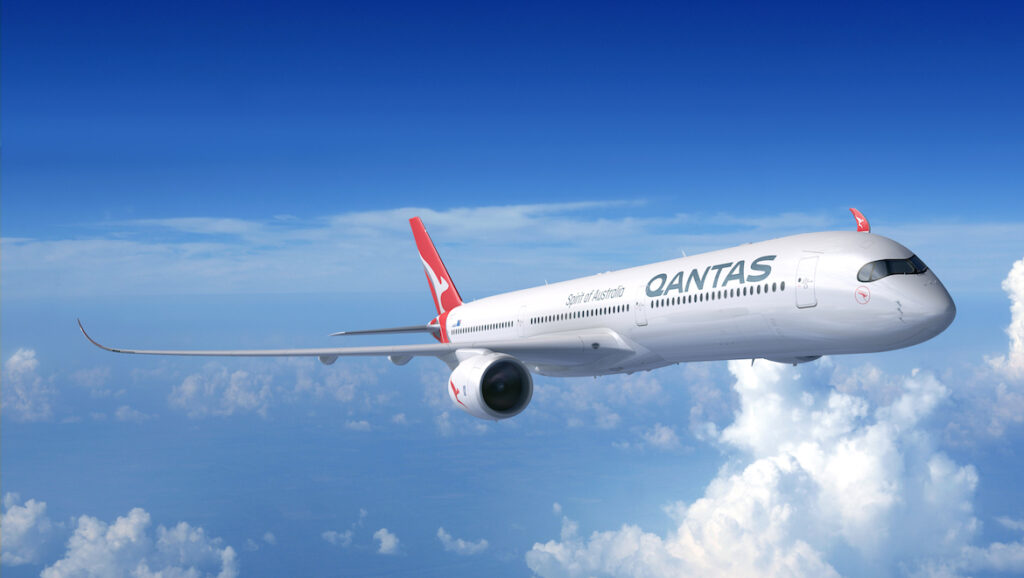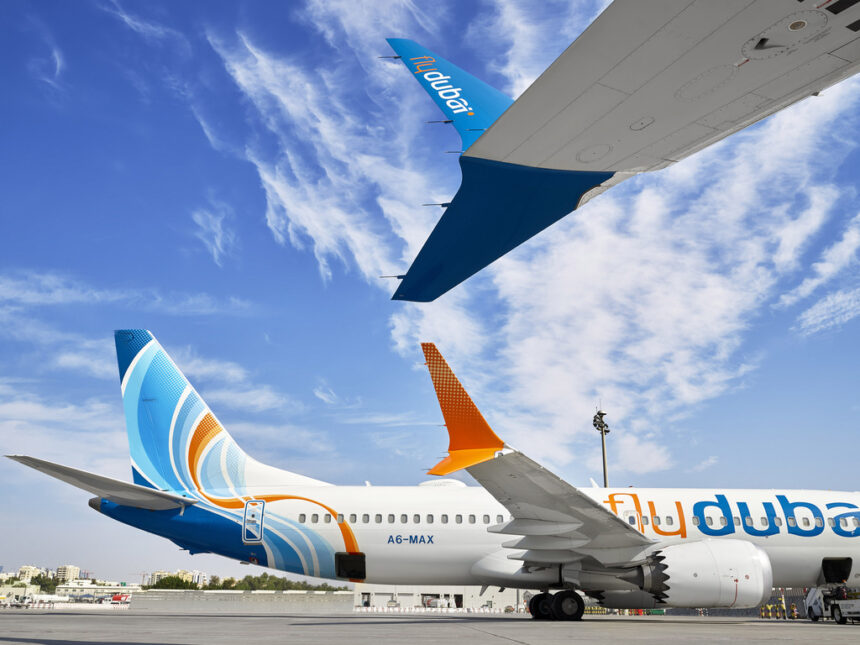The idea of long-haul flights (flights exceeding 7 hours) has been around for decades. However, in the last couple of years, aviation is entering a new era of such flights: Ultra Long Haul.
Most will know it as “ultra long haul” flights, which are flights that exceed the already long 12-hour flights.
These types of flights have been on the rise for many years, dating back even to the late 1990s, and now they are pretty much commonplace.
This is all thanks to the rise in new aircraft design and technology to allow these jets to go for such hours on end, starting with the 747, and now we are here with the likes of the 787 Dreamliner and A350.
The world’s longest flights
In a table compiled by OAG, it shows what the longest commercial flight was in the world from 1997 to 2023, as seen below

As seen in the list, some interesting things to note are general aircraft used to achieve these flights.
For example, from 1997 to 2015, we notice that only quad jet aircraft are used on these ultra-long-haul flights, with the 747-400, A340-500 and A380 being the aircraft in question.
Then, in 2016, we see a change where the longest flight in the world is for the first time operated by a twin jet, a Boeing 777-300ER.
This change is significant because it shows roughly when airlines began to fall out of favor with quad jets.
In addition, it is also when the likes of the Boeing 787 and Airbus A350 started entering service with airlines around the world, a beginning of a new era in long-haul travel.
Ever since 2016, the longest flight in the world has now only been operated by the 777 or A350, which justifies the development in aircraft design and technology, allowing for even longer flights to be flown.
Qantas is raising the bar

When looking at the table provided by OAG, we notice that Singapore Airlines appears to be the king in operating ultra-long-haul flights and, on top of that, holding the crown for the longest one in the world.
For 16 of the 27 years shown, Singapore has held the crown with its Newark Liberty (EWR) to Singapore (SIN) flight.
They even one-upped themselves by adding a flight from New York (JFK) to Singapore in 2021.
But now, Qantas is looking to challenge them.
In 2017, Qantas announced its plans to overcome the final frontier in commercial aviation: direct flights from the east coast of Australia to Europe and New York.
This would later be known as Project Sunrise and would be achievable through an order Qantas placed in May 2022, which was for 12 modified Airbus A350-1000s, also known as the A350-1000ULR (Ultra Long Range).
According to Qantas, flights are expected to begin in late 2025 and will cover a staggering 9,190 nautical miles from Sydney to London (the first 9,000nm+ flight in the world).
This would mean that Singapore Airlines doesn’t have long at the top spot, and as far as Qantas is concerned, this will be very hard to beat.
The reason behind this is mostly because aside from New York, London, and the east coast of Australia, there are no significant other two city pairs that would likely warrant a nonstop flight, meaning Qantas (as they say) will have completed the final frontier in long haul flying.
Will anyone beat Qantas?

With Qantas almost indefinitely taking the top spot for the longest flight in the world for 2025 and likely beyond, we ask whether anyone can beat Qantas.
The answer to this question is fairly simple, and that is yes. However, it is unlikely another airline would beat them, and rather Qantas would one-up themselves.
This is because Qantas have said themselves they don’t plan to stop at direct flights to London and New York from Sydney.
The airline also plans to introduce non-stop flights from Melbourne to London and New York.
But there is also the 10,000 nautical mile mark looming, which could further push Qantas (or another airline if possible) to one-up the initial Project Sunrise plans.
For example, after doing a small amount of research, the distance from Perth to New York would achieve the 10,000 nautical mile mark.
Having said all of this, it shows that airlines are daring and will not back down from a challenge, especially Qantas.
Plus, with Ultra Long Haul flying and its technological counterparts (aircraft, etc…) already coming this far, it certainly wouldn’t be a surprise if airlines would make the move to fly even further than we already know today.









